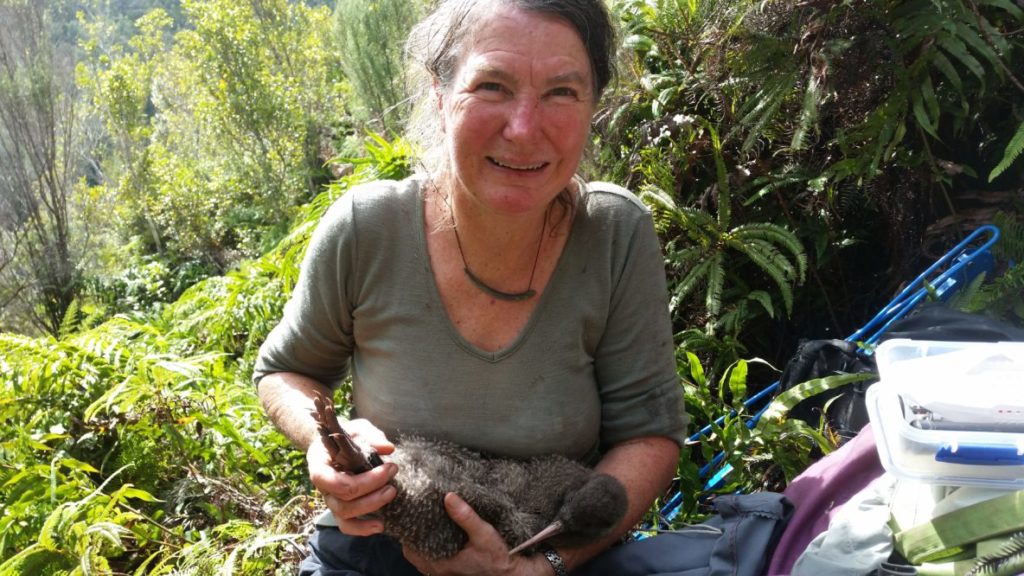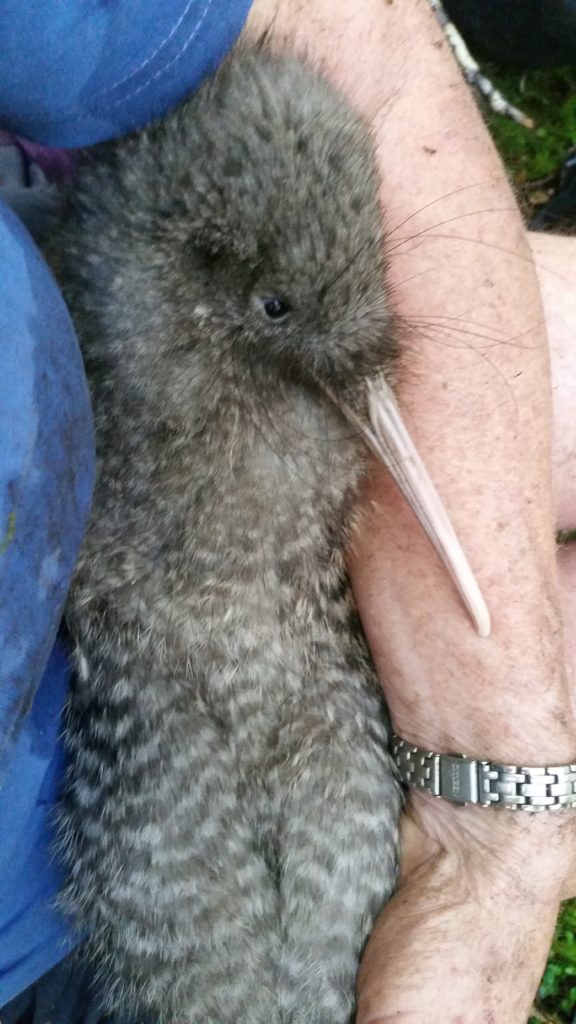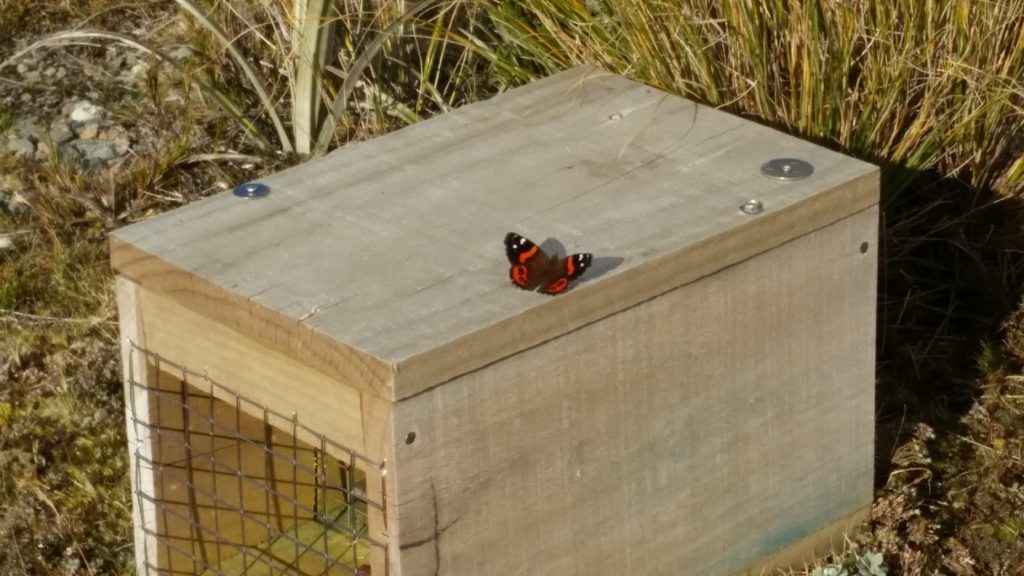Jo Halley is sore – sore knees, sore feet and sore shoulders. She’s just back from several days of crawling through scrub in search of great spotted kiwi (roroa), then digging and crawling into muddy burrows to change the year-old batteries in their transmitters before they go flat.

Evenings were spent listening for kiwi calls, then it was bed around midnight and up again early the next morning for more crawling through scrub and digging in muddy holes. Being a ‘Kiwi Ranger’ is a pretty special role. While the reality of the job may not be as glamorous as the job title sounds, Jo confirms that the work is definitely very rewarding.
Jo works for the Paparoa Wildlife Trust, keeping track of kiwi in the Paparoa range near Blackball, on the South Island’s West Coast. As well as looking out for adult kiwi, Jo looks after juvenile roroa in the kiwi crèche. This predator-free crèche at Moonlight is the only mainland crèche for great spotted kiwi/roroa and more than 25 roroa chicks have been raised there since it opened in 2010.

The hatching and raising of roroa chicks was originally part of the Kiwi Recovery Group’s ‘Operation Nest Egg’, sponsored by the BNZ. Kiwis for Kiwi has since taken over from the BNZ as sponsors of the Paparoa project and local company Roa Coal Mine has also sponsored the Trust’s work from the beginning.
Eggs laid by great spotted kiwi in areas where they are at risk from predators, are removed from the nest and hatched out at Willowbank in Christchurch. Chicks return to the Coast when they are a month old and stay within the protection of the crèche for about a year, until they reach around 1200-1400g in weight. Each young adult is then fitted with a transmitter and released into the wild in a predator-controlled area where they are monitored by Jo until they breed.
Jo has great admiration for the work done by the team at Willowbank, who have tailored their kiwi care to cater to the roroa’s particular requirements which differ slightly to those of other kiwi species. Willowbank also works with a specialist kiwi consultant vet and Paparoa crèche residents can go back to Willowbank at any time if, for any reason, they’re not thriving.
When a chick first arrives at the crèche it is fed for the first few days until it ‘finds its feet’. Initially chicks can be confused – or perhaps just curious about their new home – and may be seen out in the day, where they’re at risk from predation by hawks or falcons. For this reason they’re released into an enclosed bushy area when they first arrive. Some adapt more quickly than others, according to Jo, but they’re usually looking after themselves within two weeks
There are usually up to six roroa chicks at the crèche at any one time, but currently there is just one resident. His name is Tuhuru and Jo says he gets checked once a month, but is otherwise left to own devices.
“I can check his transmitter signal every week without disturbing him, to see where he hangs out, and that he’s still alive. The signal changes pace if the transmitter falls off or the kiwi dies.”
Great spotted kiwi are thought to live for 40-50 years, if they survive predation and other hazards. But they only nest once per year, raising a single chick, so population growth is slow. North Island kiwi, by comparison, may lay 4 eggs per year.
A recent highlight for Jo has been finding an ‘Operation Nest Egg’ raised female had paired up with a wild male to breed. She is the first crèche-raised adult to breed and Jo saw the chick for the first time when she changed the transmitter on the chick’s wild father at the nest.

The chick had never been seen on the camera monitoring the nest – but the camera did pick up a stoat going into the nest! Jo called in the trappers contracted to the Paparoa Wildlife Trust and they immediately set up a predator control network around the adjacent area. The chick survived and has now reached a safe weight in the wild, but remains unnamed until a name is chosen by Kaumatua of Ngati Waewae.
It all goes to show just how important it is to control predators in kiwi nesting areas. Paparoa Wildlife Trust has a trap sponsoring scheme to fundraise for their trapping programme. For $100 donation, a trap is put out and the donor gets an annual update on pests caught in that trap. Further details are available on their website.
Another juvenile chick released from the crèche at about a year old was subsequently ‘adopted’ by a wild roroa pair. The young male is still with them six years later and, as far as Jo knows, has neither mated nor left.
Great spotted kiwi are usually very territorial, but the wild pair seem happy to accept the youngster. They have carried on breeding and, when the adult male is sitting on an egg, the youngster is with his adopted mother. It seems an unusual relationship – even for a very unusual bird – and just goes to show how much we still have to learn about our unique and amazing national icon.

